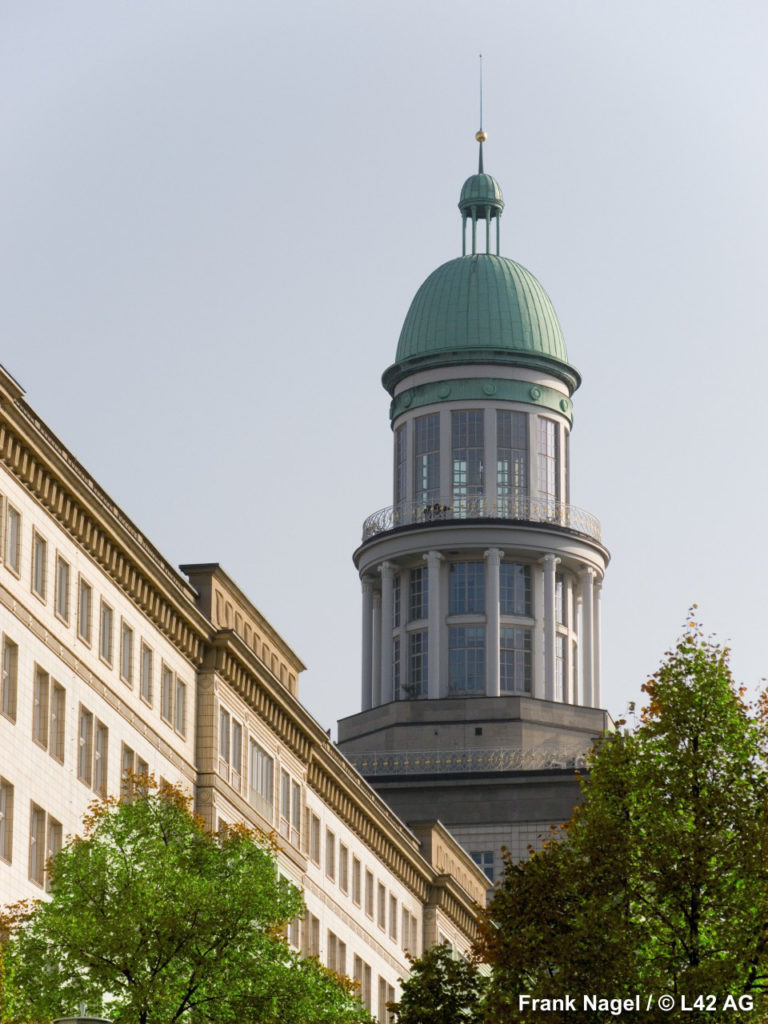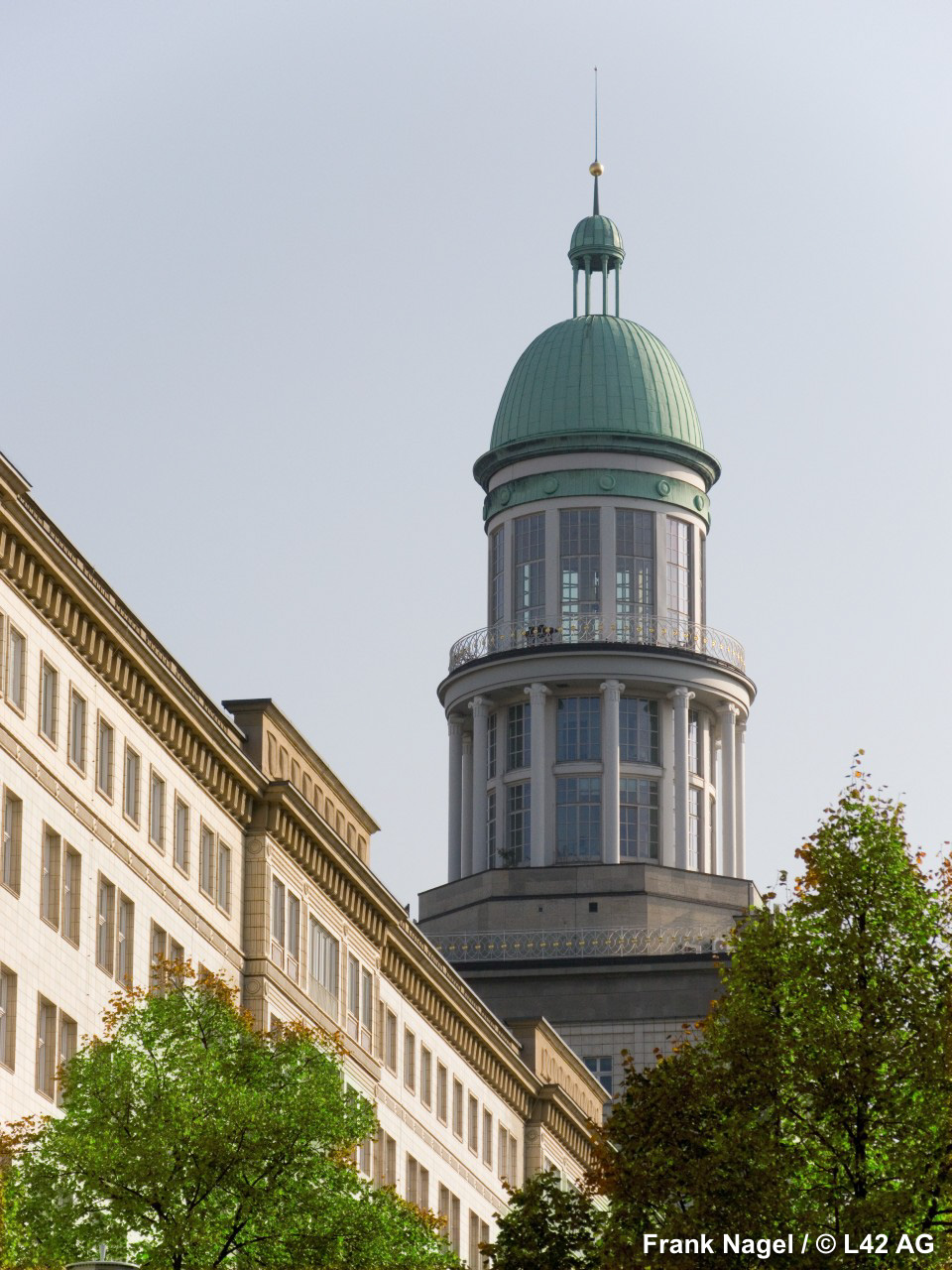
There are many historical and culturally interesting cities in the world, but Berlin is in a class of its own. This metropolis is three hundred years old, which, of course, is quite young when compared to the great civilizations of the past. And yet, the last three centuries have been so intense, so dramatic, and at times so absurd that today these places remain permeated by a magnetic spirit and driven by an indescribable power.
This energy bursts forth, in part, from the need to look to the future while simultaneously remembering and working through a recent past which is impossible to erase. And yet, this still is not enough to explain the evolutions of Berlin.
You could try to infer themes and paths and then try to rearrange them according to normal spatial and temporal categories, but the images continuously tumble one over the other in a polyphony that is never short of incredible. It’s like playing with an insolent and magical kaleidoscope that refuses to be tamed. For if there is one intrinsic characteristic to this great capital city, it is that of contrast, of images that come together to live side by side yet remain civilly distinct. And yet, when you try and hold them fast, they disappear overnight. The building that just last week was here is gone and over there, in just one season, a skyscraper has sprouted from the grass.
How difficult it is to try and get a handle on Berlin! You have to wait for her to come to you, but when she does, is she talkative.
In this short collection you are going to hear the voices of five Berliner domes, which, as we’ve just said, are more than ready to talk so long as there are ears to listen. One of these domes is French in origin, another was owned by the Americans for a little while, two are here thanks to Moscow and its desire to have an example of the shining majesty of socialism, and the youngest is the beautiful daughter of an English architect.
These are the true ciceroni of Berlin, at times a bit cold and curt, at others congenial and chatty, as if they had only been waiting for the right guest to unleash a cascade of public and personal memories so that the visitor will go home inebriated on the city. And yet, at other times still the tellers can clam up when history proves too recent, too close.
Confronted with the perverse demands of those “GDR nuts” who in only a few hours expect to see what the German Democratic Republic was like, the two domes of the Frankfurter Tor are expected to give up their childhood memories to their once enemies. But they do not yet possess a new and totally neutral language that might allow them to talk freely, to transcend those tenacious mental schemes that were imposed so forcefully upon their young minds. And so, in just such a way, a seemingly straight-forward historical story – the description of Frankfurter-Stalin-Karl-Marx-Allee – becomes inextricably intertwined with the existential and lexical difficulties surrounding its telling.
Still angry and profoundly disillusioned by the vicissitudes of politics, one of the two domes of Frankfurter Tor no longer trusts anyone or anything and has decided to boycott her companion’s tale. Their precious testimony comes to us thanks to the good graces of the secret services that shall here remain nameless but to whom we offer our public thanks.
On the other hand, even if it too has seen its share of revolutions, the old dome of the Gendarmenmarkt – patron of the Huguenots, the Gastarbeiter par excellence of their time – has not lost its sense of optimism for the future and for the young.
The dome over Tempelhof that bore witness to the birth of German aviation, the Third Reich, and the post-war American occupation has now found the strength to passionately defend the spaces nature has since reclaimed.
And last but by no means least, the extremely young dome of the Reichstag is busy with the reworking of experiences that really are not its own, but that it was born to confront in order to be open to the future.
The voices of these lively witnesses who via their judgments and thoughts weave history’s tale into their own highly personal stories shall carry us here and there through a city balanced between the heaviness of historical fact and the lightness of the imagination, between a wisecrack and a wound, between stately reserve and anarchic outburst, and in so doing, introduce us to a Berlin which is forever unfolding, multiplying, and invigorated by wonderfully unexpected dimensions.
Translated by Alexander Booth

